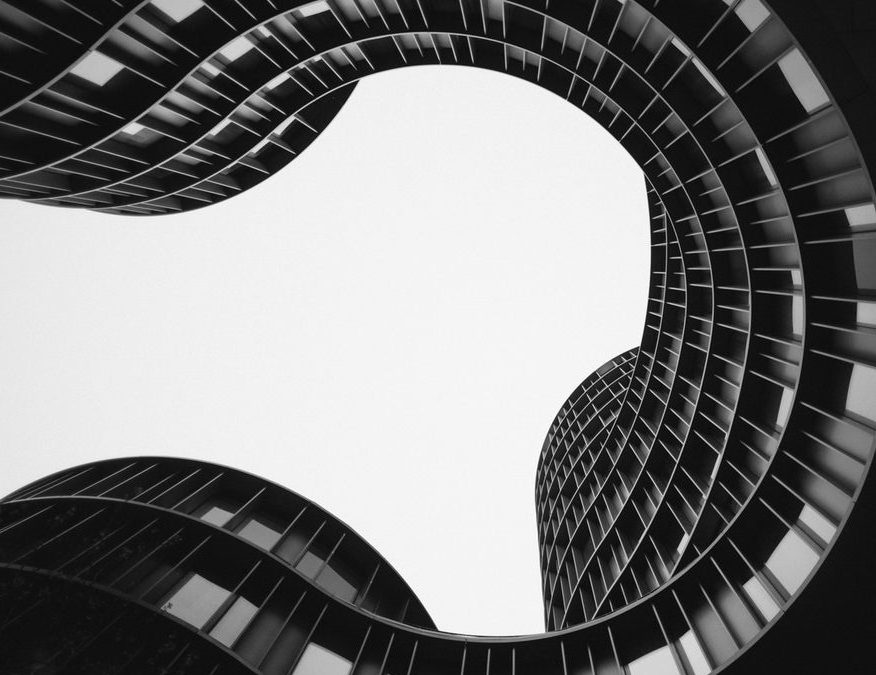The Fascial Manipulation Method is a publication featuring actual case reports. This publication is dedicated to the deepening our understanding of the common dysfunctions we encounter in our clinical practice, how they present and how they can be treated with Fascial Manipulation. Professionals tell us their cases, accurately describing the patients symptomatology, the working plan they have chosen and the results obtained due to the treatment. The names of the patients have been modified for privacy reasons
Clinician: Gualandi Stefano
Patient: Sara
Occupation: Physiotherapist
Age: 32
Sports: Volleyball 2 times a week and gym 4 times a week
SiPa: The patient complains of abdominal pain that occurs a week before the menstrual period, continues for first 3-4 days of the cycle and then resolves. Intensity of 6/10. The pain worsens when drinking alcohol and is often accompanied by diarrhea and abdominal swelling. The patient states that, in the 3 days prior to symptom appearance and even for the day immediate after the symptom resolution, she suffers from constipation.
PaConc: the patient also complains of pain in hip extension and a stiffness of neck flexion and an occasional pain in the left ankle that occurs in loading type activities
MoVe: Patient complains of pain in lumbar extension (RE-LU), right lateral flexion of the lumbar (LA-LU, left), flexion of left hip (AN-CX) and intrarotation of left hip (IR-CX).
PaVe: Palpatory verification revealed the worst catenary as Oblique. There were, however, many densifications also on the Latero-lateral catenary.
Clinical reasoning and treatment:
First session: I am undecided as to whether to frame the patient as an Endocrine or as a Digestive system based problem. I choose to treat the Oblique catenary, based on the above PaVe findings, keeping in reserve a plan, in subsequent sessions, to treat the latero-lateral catenary. I then move on to the palpation of the hinges, tensors, anchorages and other points associated with the oblique catenary. In the first session, I treat IR-TH B/L, IR-LU B/L, IR-PV B/L, AN-ME TA B/L, AN-ME CX B/L, AN-ME CA B/L. I treated alternating points until the resolution of the densifications. I then perform a re-evaluation the patient: I observe that the pain in lumbar extension has resolved and mobility has increased while internal rotation of the left hip also improved. Duration of treatment was 90 minutes. I had planned a follow-up of the patient after a week but the appointment was cancelled and we instead spoke by phone. The patients noted to me that the day after the session, her menstrual cycle began and she was pain-free through-out this phase of the cycle. This was in contrast to her usual pattern of significant pain for the first3-4 days of the cycle. She further observed that her lumbar movement is improved with respect to pain but that the anterior stiffness of the neck had increased (PaConc).
Second session: I see the patient after 2 weeks and she tells me that the benefits at the lumbar and abdominal levels have been maintained but the anterior stiffness of the neck has increased further and, in the last 3 days, antero-posterior chest pain with a sense of tightness in breathing and a sense of bloating in the abdomen have presented. I choose to continue the treatment of the Oblique catenary, concentrating more on the upper trunk. After palpation, I choose to treat: IR-CL B/L, ERCL BI/L IR-TH LT, IR-LU B/L, IR-SC LT, ER-TH B/L, ER-CP3 B/L, AN-ME CA B/L. I treat alternating points until the resolution of the densifications. I re-evaluated the patient at the end of the session. The patient notes that the stiffness of the neck, the chest pain and the sense of oppression have improved. Duration of the session was 60 minutes. Two days after the session, the patient reports that the abdominal swelling has also improved.
Third session: I see the patient after 1 week and she notes to me that her neck has improved with, however, a slight pain at the end of movement into extension. She further notes that, as of the fifth day after the treatment, the sense of chest oppression has completely disappeared. Evaluating via palpation, I find the Latero-lateral catenary to be worse than the Oblique. I decide to treat this. I treat: AN-LA CL LT, AN-LA TH B/L, AN-LU BI/L AN-TH B/L, AN-LA PV B/L, AN-LA CX LT, AN-LA CA LT. I treat alternating points until the resolution of the densifications. Re-evaluation of the patient reveals that the pain in neck extension has resolved but the patient notes a sense of rigidity in right rotation. Duration of treatment 60 minutes. I decide to stop treatments and ask the patient to contact me when she has the next menstrual period.
The patient updates me 10 days after the treatment and tells me that the PaMax was not present in the days before the cycle. There remains a slight cervical pain in extension.

